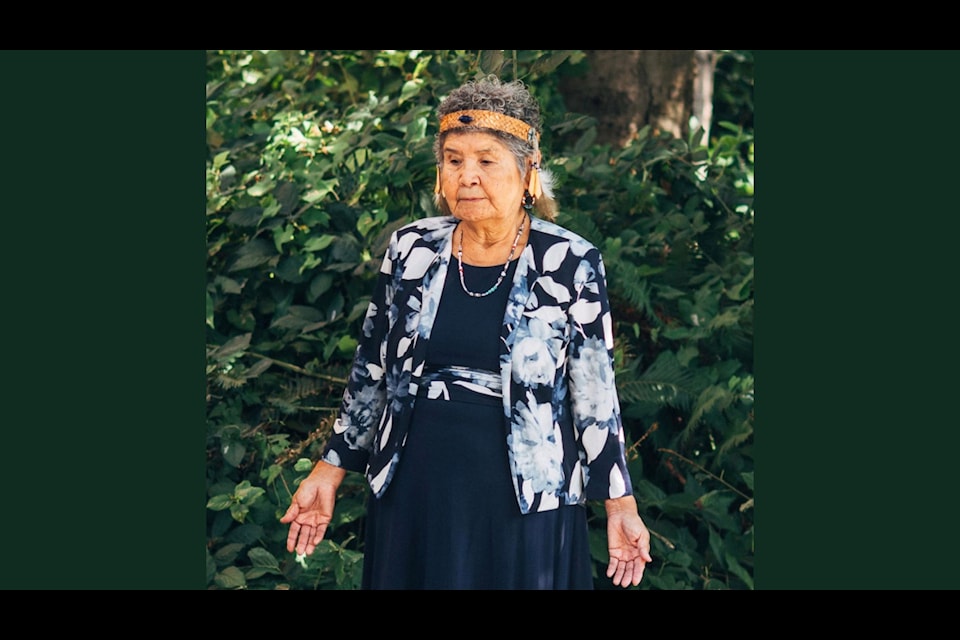The First Nations communities in northern B.C. continue to be over-affected by the toxic drug crisis in the province.
The First Nations Health Authority (FNHA) highlighted their unique challenges while recommending supportive measures in its December 2023 report.
While First Nation’s people make up 14.8 per cent of the northern region’s population, they disproportionately represent 46.1 per cent of toxic drug poisoning deaths. They experience a five times higher death rate as compared to other residents, according to the report.
“We've gathered information from our communities to find out what their thoughts are around the toxic drug crisis, knowing that we have 55 communities in the northern region, each one of those communities has been impacted in one way or another," said Julie Morrison, VP of operations for FNHA's northern region.
Lack of resources
“We don't have the resources in place that they do in the Lower Mainland, where they have housing for people that are breaking out of addiction. They're supported and guided through the treatment, then into supportive housing, and then with help getting on their feet,” said Morrison.
Through FNHA's analysis of the northern region, they have found a lack of safe homes that are free of active addictions for people to return to. They also face very scarce employment opportunities.
“The biggest thing that people are telling us is that they need more of our detox beds and opportunities to attend treatment centres."
There are two detox centres in the northern region, and they are both in Prince George. The region has the lowest number of centres compared to all others in the province.
“For communities that are in remote and rural communities, it's really hard for them to get to Prince George. And bringing somebody with addictions to Prince George is risky. Because there's a lot of substances that are available here in Prince George, they're available in every community, but people coming to detox need to come into town and then they need to get back into their community.”
According to the B.C. Coroners Service, 115 drug poisoning deaths have happened in the northern health region in the first half of the year out of 1,158 deaths in the province.
First Nations women died at 11.7 times the rate of other female residents of B.C. in 2023.
"It just all comes back to the colonization process that people have endured," Morrison said. "And it's really impacting our population, more so than the other populations. But that doesn't mean it isn't in every ethnic group."
FNHA’s approach
“With the many losses we've had, it's impacted so many families. We try and support the families with a traumatic loss in a community as well," said Morrison.
FNHA uses an approach that meets people wherever they are in their substance use journey with compassion. They recognize the self-determination of individuals, communities and Nations by supporting them to develop or access the harm reduction strategies, practices and services that work specifically for them.
These include land-based healing programs, traditional wellness, and customs or protocols they follow in their respective Nations, in the way they know best.
FNHA has staff dedicated to providing harm reduction education, addiction specialists, nurses, and trained peer leaders for grief support circles after a loss.
People are also encouraged to learn the use of methadone and naloxone from them.
International Overdose Awareness Day
The FNHA creates opportunities throughout August to promote anti-stigma, healing-based conversations in groups affected by drug addiction.
“FNHA has provided about 100 grants each year, and they're worth about $2,000," said Morrison.
These grants have been used toward awareness or healing-based initiatives, programs and events.
They are sending purple ribbon lapel pins, with harm reduction-themed postcards to First Nations communities and organizations that place an order with them by August 8.
There will be a candlelight vigil for those who lost their lives to drugs on Aug. 31 in Prince George, along with Naloxone training and the distribution of harm reduction supplies.
On the following day, a purple flag will be raised at 11 a.m. in solidarity for the cause.
"I hear it all the time where people say – they should quit, you know, they know they can die, they should just quit. That's where a lot of the work needs to happen, around how to look at addictions.
"We have to collectively work on making it so that people can come and look at addictions from a place of compassion, of empathy, and love, knowing that the person that is in addictions, didn't choose this life."

